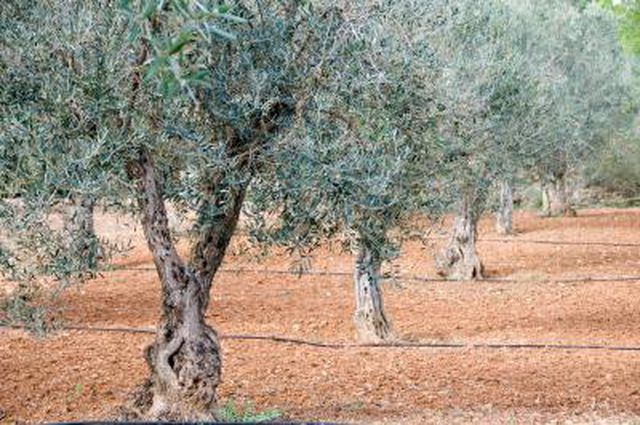Bulbs
Flower Basics
Flower Beds & Specialty Gardens
Flower Garden
Garden Furniture
Garden Gnomes
Garden Seeds
Garden Sheds
Garden Statues
Garden Tools & Supplies
Gardening Basics
Green & Organic
Groundcovers & Vines
Growing Annuals
Growing Basil
Growing Beans
Growing Berries
Growing Blueberries
Growing Cactus
Growing Corn
Growing Cotton
Growing Edibles
Growing Flowers
Growing Garlic
Growing Grapes
Growing Grass
Growing Herbs
Growing Jasmine
Growing Mint
Growing Mushrooms
Orchids
Growing Peanuts
Growing Perennials
Growing Plants
Growing Rosemary
Growing Roses
Growing Strawberries
Growing Sunflowers
Growing Thyme
Growing Tomatoes
Growing Tulips
Growing Vegetables
Herb Basics
Herb Garden
Indoor Growing
Landscaping Basics
Landscaping Patios
Landscaping Plants
Landscaping Shrubs
Landscaping Trees
Landscaping Walks & Pathways
Lawn Basics
Lawn Maintenance
Lawn Mowers
Lawn Ornaments
Lawn Planting
Lawn Tools
Outdoor Growing
Overall Landscape Planning
Pests, Weeds & Problems
Plant Basics
Rock Garden
Rose Garden
Shrubs
Soil
Specialty Gardens
Trees
Vegetable Garden
Yard Maintenance
Facts on Sweet Olive Trees
Facts on Sweet Olive Trees. The sweet olive tree, of the Osmanthus fragrans species, is indigenous to China, Japan and the Himalayas. Also known as tea olive and fragrant olive, this plant grows as a shrub or small tree. According to Texas A&M University, the heady fragrance of the tree’s blossoms can be detected from a distance of...

The sweet olive tree, of the Osmanthus fragrans species, is indigenous to China, Japan and the Himalayas. Also known as tea olive and fragrant olive, this plant grows as a shrub or small tree. According to Texas A&M University, the heady fragrance of the tree’s blossoms can be detected from a distance of several hundred feet. Popular in Southern gardens of the United States, sweet olive flowers emit an aroma akin to scents of jasmine, ripe peaches, apricots and orange blossoms.
Blossoms
The sweet olive tree produces white, tube-shaped flowers that bloom in clusters from spring through autumn, followed by the appearance of inedible, bluish-black fruit. Cultivar blooms are white and shades of yellow and orange. Temperature fluctuation and changes in the soil allow occasional blossoming of the sweet olive tree during the winter months.
Foliage
Sweet olive is an evergreen tree with waxy, dark green leaves that are similar to those of a holly bush, according to Gardening Central. The sweet olive tree is sometimes referred to as a "false holly." Sweet olive foliage grows at the extreme ends of the tree branches, but the bare stems do not alter the pleasing appearance of the sweet olive tree, reports Floridata.com.
Soil
Sweet olive trees live for many years, preferring full sun or partial shade, and moist, acidic soil to reach full growth potential. These plants are capable of growing in clay, loam and sand. With proper soil drainage, sweet olive trees can become resistant to drought conditions. Sweet olive trees will not withstand sodden, heavy soil.
Growth
Although sizes vary, a mature, sweet olive tree can reach a height and width of 20 feet, according to Magnolia Gardens Nursery. Pruning is unnecessary because the tree naturally forms an attractive shape on its own. However, branches that are cut back promote growth and help to maintain plant size and shape. Sweet olive trees are often used for hedges or planted as a screen for privacy.
Pests and Diseases
Sweet olives are mainly healthy plants, but stressful conditions, such as poor soil or drought, may cause minor problems with pests and diseases. Botryosphaeria canker, a disease associated with prolonged lack of rainfall, causes leaves to wilt and turn yellow before changing to brown. Providing water and fertilization to the sweet olive tree might help to alleviate this problem, states the University of Illinois. Scales, the most common insects to harm a sweet olive tree, can be managed with horticultural oil.